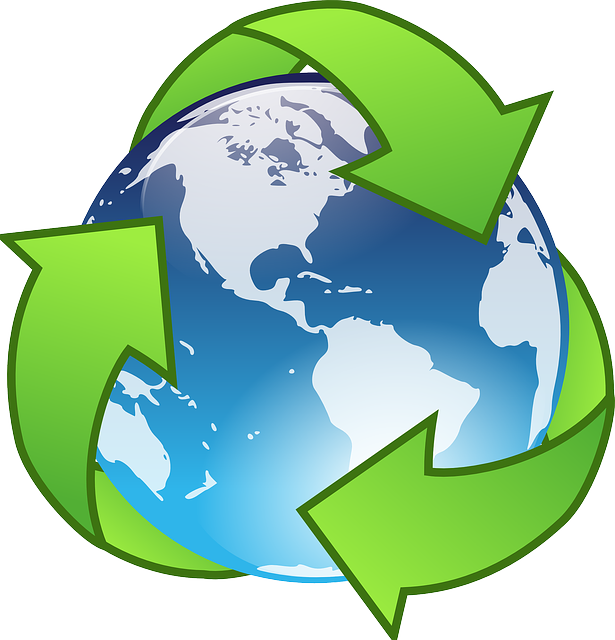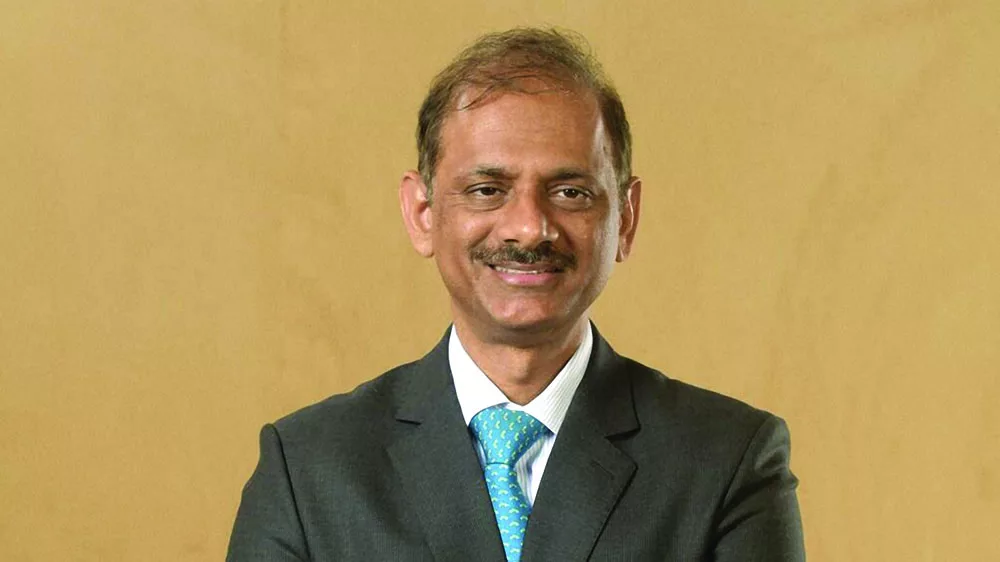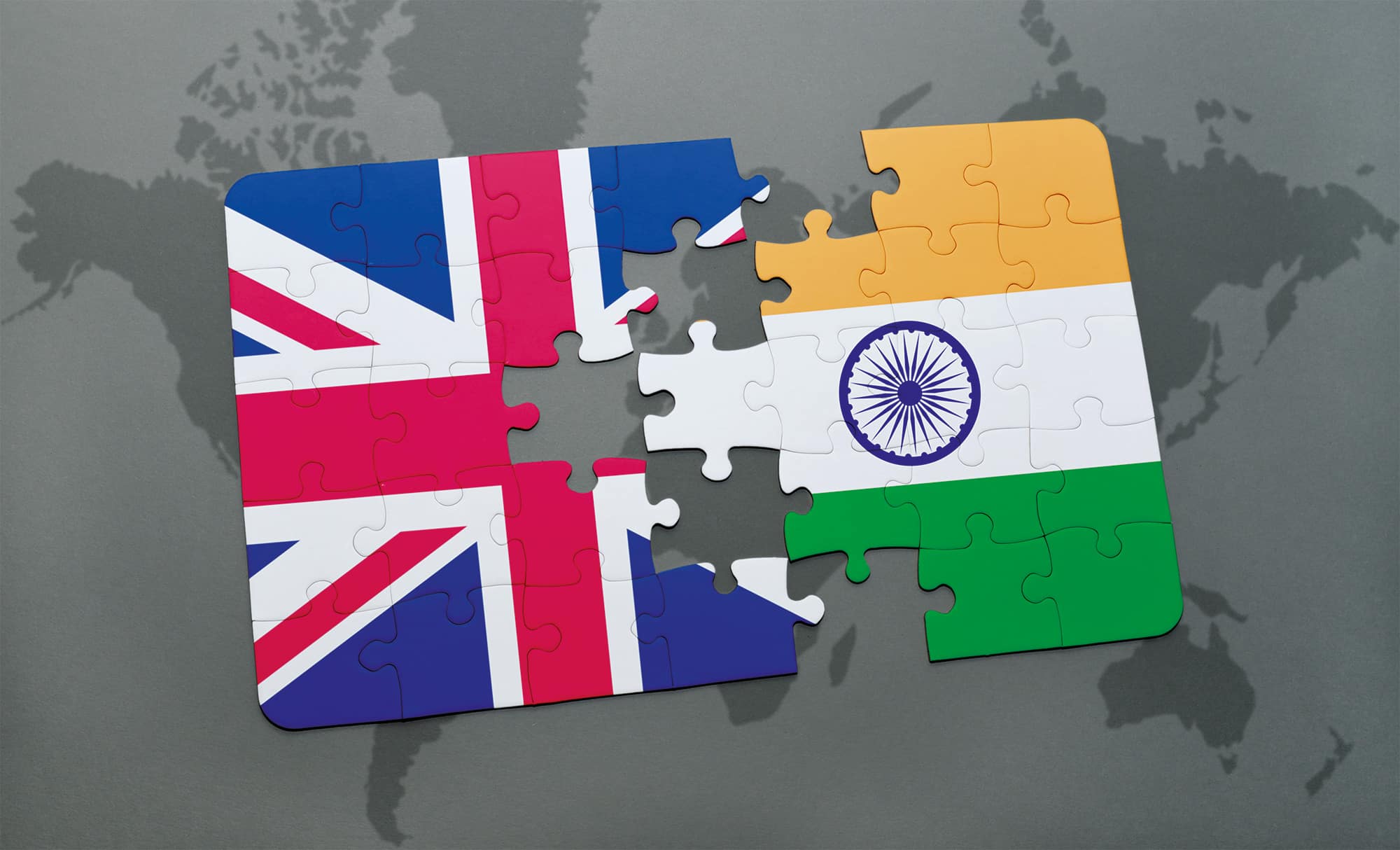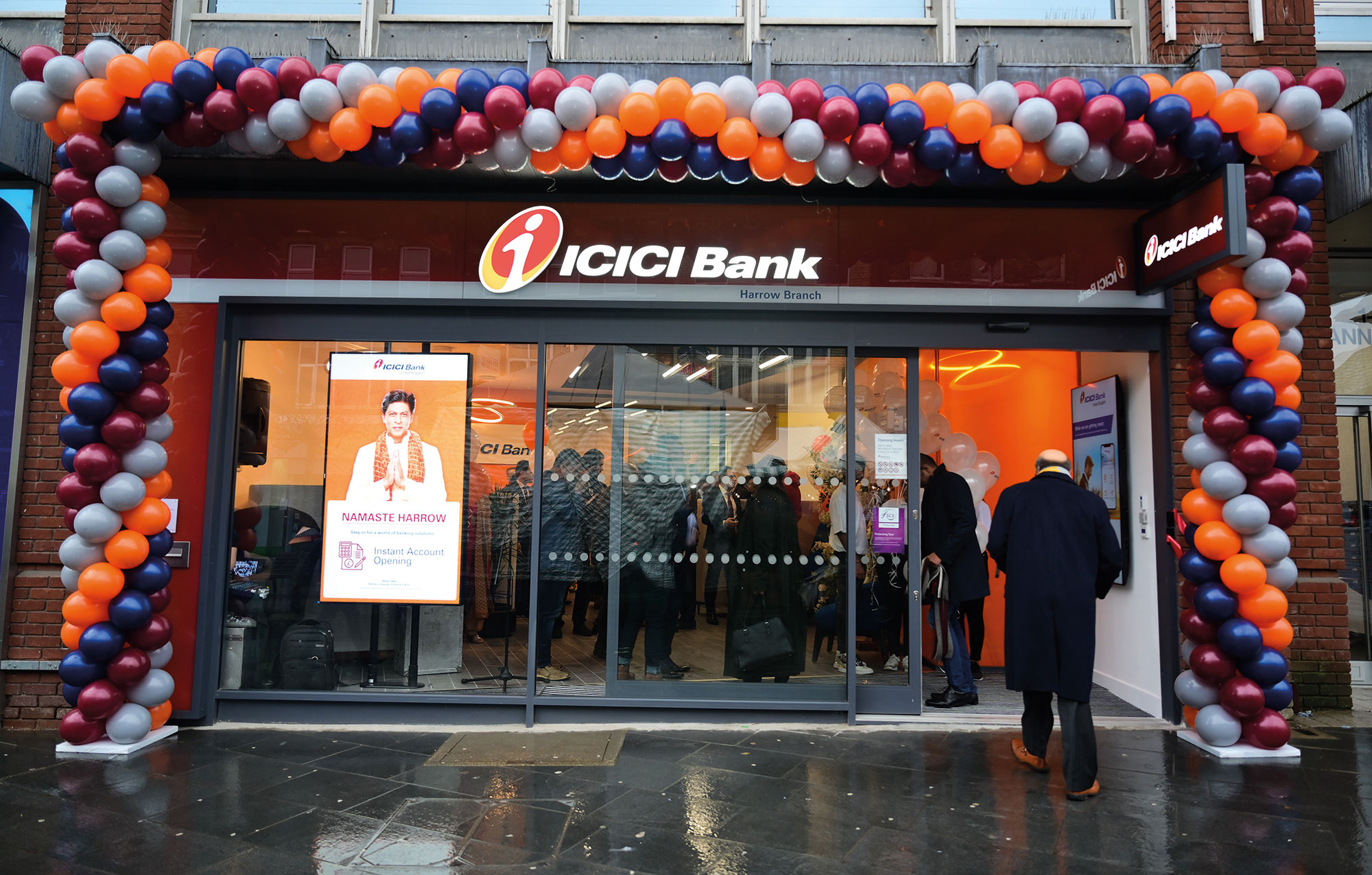[vc_row][vc_column width=”1/2″][vc_column_text]
India
"…At the stroke of the midnight hour, when the world sleeps, India will wake to life and freedom…". Pandit Nehru, Independent India's first Prime Minister spoke thus on August 14, 1947. Seventy-two years later, India has surpassed China to become the world's fastest growing economy. Since the 1991 economic reforms, the country has achieved 6-7% annual GDP growth, largely by virtue of the free-market reforms introduced by the then P.V. Narasimha Rao government. A developing market economy, India has most of its workforce employed in the industrial and agricultural sector. The service sector is the fastest growing (accounting for 55.6% of GDP). Economic growth suffered a slowdown in 2011 which was mainly due to investor scepticism, high inflation and high interest rates. With the coming of parliamentary elections in 2014, investors started showing more confidence which resulted in improved foreign direct Investment and a strengthening of the rupee. In 2017, the economy suffered another jolt due to the shock announcement of demonetisation a year earlier and the introduction of GST (the goods and service tax). There are several factors that are impeding further growth. According to the 2018 Corruption Perception Index (CPI), India ranks 78 (versus Denmark at number one). The literacy rate is also lower than the world average with huge economic disparities between states. India is a country with a predominantly young population, which in economic terms translates to high savings, low dependency ratio and healthy investment rates.
[/vc_column_text][vc_column_text] Its population in 2018 was 1,354,051,854 [1]
Its population in 2018 was 1,354,051,854 [1]
 In 2015, 36.02% of its total energy
In 2015, 36.02% of its total energy
consumption was renewable [2]
 In 2021, its GDP grew by 8.95% [2]
In 2021, its GDP grew by 8.95% [2]
 In 2021 it had a negative Current
In 2021 it had a negative Current
Account Balance of US$bn 49.34 [3]
 Its Expenditure on R&D (as a percentage of
Its Expenditure on R&D (as a percentage of
GDP) in 2018 was 0.66% [2]
 A Big Mac will set you back the
A Big Mac will set you back the
local equivalent of US$2.55 [4]
What free trade areas or economic unions is it a member of?
None
[/vc_column_text][vc_column_text]What trade deals are there with other countries and economic unions?
Asia Pacific Trade Agreement (from 17/06/1976)
India - Thailand partial scope agreement (from 04/09/2001)
India - Sri Lanka free trade agreement (from 15/12/2001)
India - Afghanistan partial scope agreement (from 13/05/2003)
India - Singapore free trade agreement (from 01/08/2005)
South Asian Free Trade Agreement (from 01/01/2006)
India - Bhutan free trade agreement (from 29/07/2006)
Chile - India partial scope agreement (from 11/09/2007)
MERCOSUR - India partial scope agreement (from 01/06/2009)
India - Nepal partial scope agreement (from 27/10/2009)
ASEAN - India Free Trade Area (from 01/01/2010)
Korea, Republic of - India free trade agreement (from 01/01/2010)
India - Malaysia free trade agreement (from 01/07/2011)
India - Japan free trade agreement (from 01/08/2011)
India - Mauritius free trade agreement (from 01/04/2021)
India - United Arab Emirates free trade agreement (from 01/05/2022)
[/vc_column_text][/vc_column][vc_column width=”1/2″][vc_column_text]A Merger that Sparked a Revolution in India’s Modern Banking Universe
Lord Waverley: PM Should Appoint Envoys If UK is Serious About Free Trade Agreement with India
A Winner, All the Way: Gautam Adani, Businessman, Negotiator, and Survivor of Two Kidnappings and a Terror Attack
Shock and Ore — India’s Love of Gold Goes Beyond Market Prices
Mahendra Singh Dhoni: Captain Cool Meets his Younger Self to Pass on Business Tips
Now I See: ICICI Bank Builds Bridges Linking India and UK
Nepal SBI Bank Ltd (NSBL): The Most Preferred Bank for a Transforming Nepal
Dr Chitwan Malhotra: Healthcare Hands Meet Across the Waters in Push for Rebuild
Poverty Myths, and Professorial ‘Power Couple’ Dispelling Them
India: Carefully Seizing the Day
Trade with the United Kingdom
Source: UK Office for National Statistics, October 2022.
Contains public sector information licensed under the Open Government Licence v3.0.




























































































